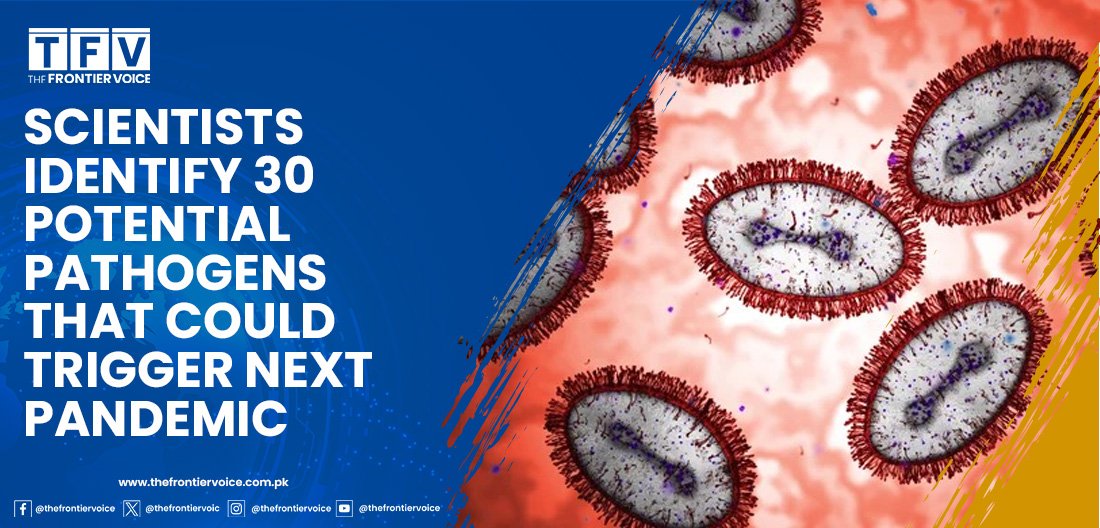HEALTH/LIFESTYLE
Scientists Identify 30 Potential Pathogens That Could Trigger Next Pandemic

In a concerning update from the World Health Organization (WHO), scientists have identified 30 pathogens that could potentially trigger the next global pandemic. This alarming development includes a range of highly transmissible and virulent viruses and bacteria, for which there are currently no effective treatments.
The updated list, which aims to prioritize efforts in developing treatments, vaccines, and diagnostics, features notable pathogens such as the influenza A virus, dengue virus, and the monkeypox virus. The inclusion of these pathogens underscores the urgent need for global health preparedness.
Ana Maria Henao Restrepo, who leads the WHO’s R&D Blueprint for Epidemics, emphasized the importance of this prioritization process in identifying critical knowledge gaps. “The prioritisation process helps identify critical knowledge gaps that need to be addressed urgently,” Restrepo stated.
The list was compiled after extensive research and evaluation by more than 200 scientists over the past two years. They assessed over 1,652 pathogen species, predominantly viruses and some bacteria, to identify those most likely to cause future pandemics. Among the identified pathogens are SARS-CoV-2, which caused the COVID-19 pandemic, and Merbecovirus, which includes the virus responsible for Middle East respiratory syndrome (MERS).
Other significant inclusions are the monkeypox virus, which caused a global outbreak in 2022, and the variola virus, responsible for smallpox. Despite smallpox being eradicated in 1980, the lack of current vaccination makes the population susceptible to it, raising concerns about its potential use as a biological weapon.
The list also features several influenza A viruses, including H5, which has caused outbreaks in cattle in the United States. Additionally, two viruses that have jumped from human to human have been added. Scientists highlighted that climate change and accelerated urbanization might increase the risk of mass transmission of these viruses.
